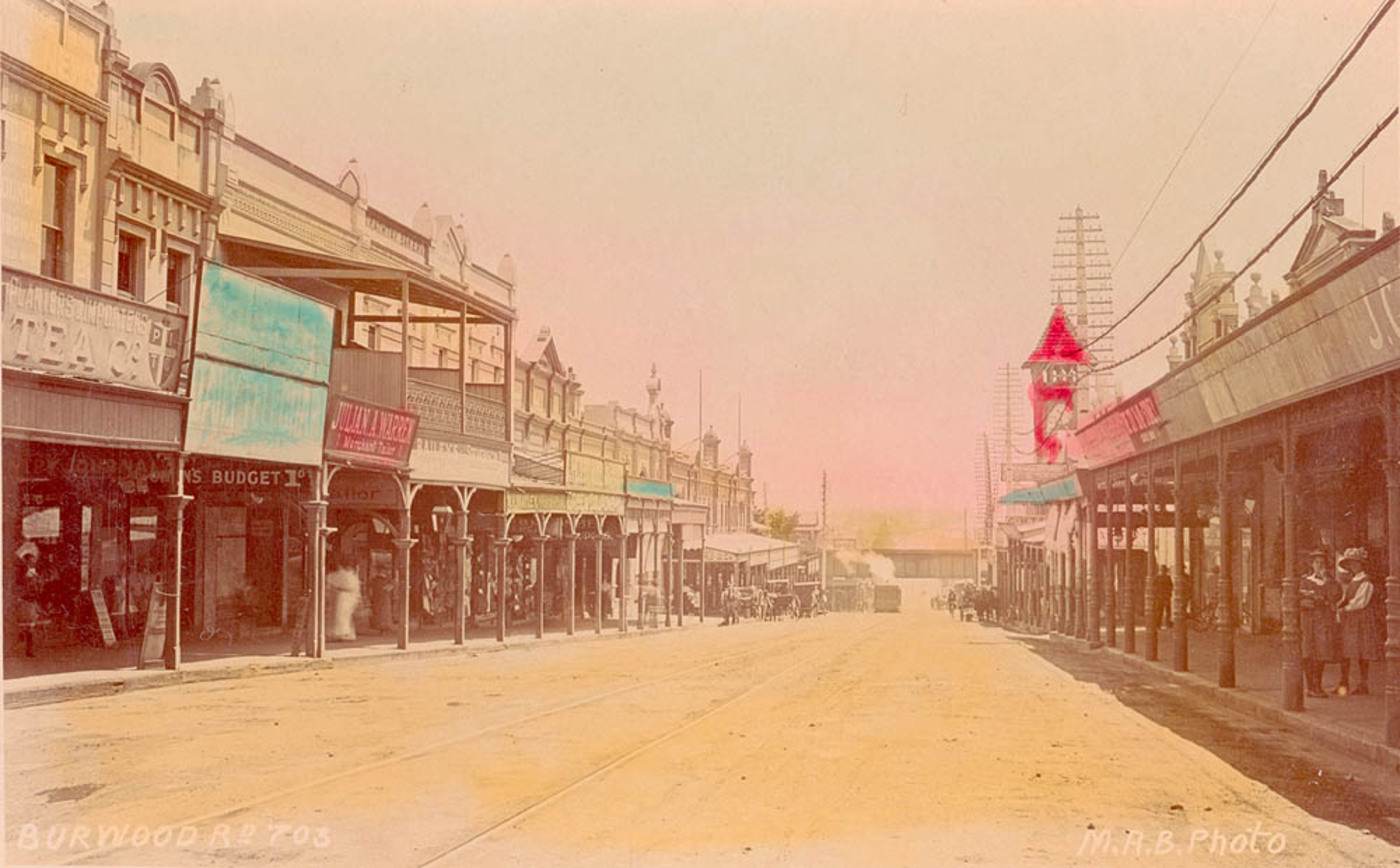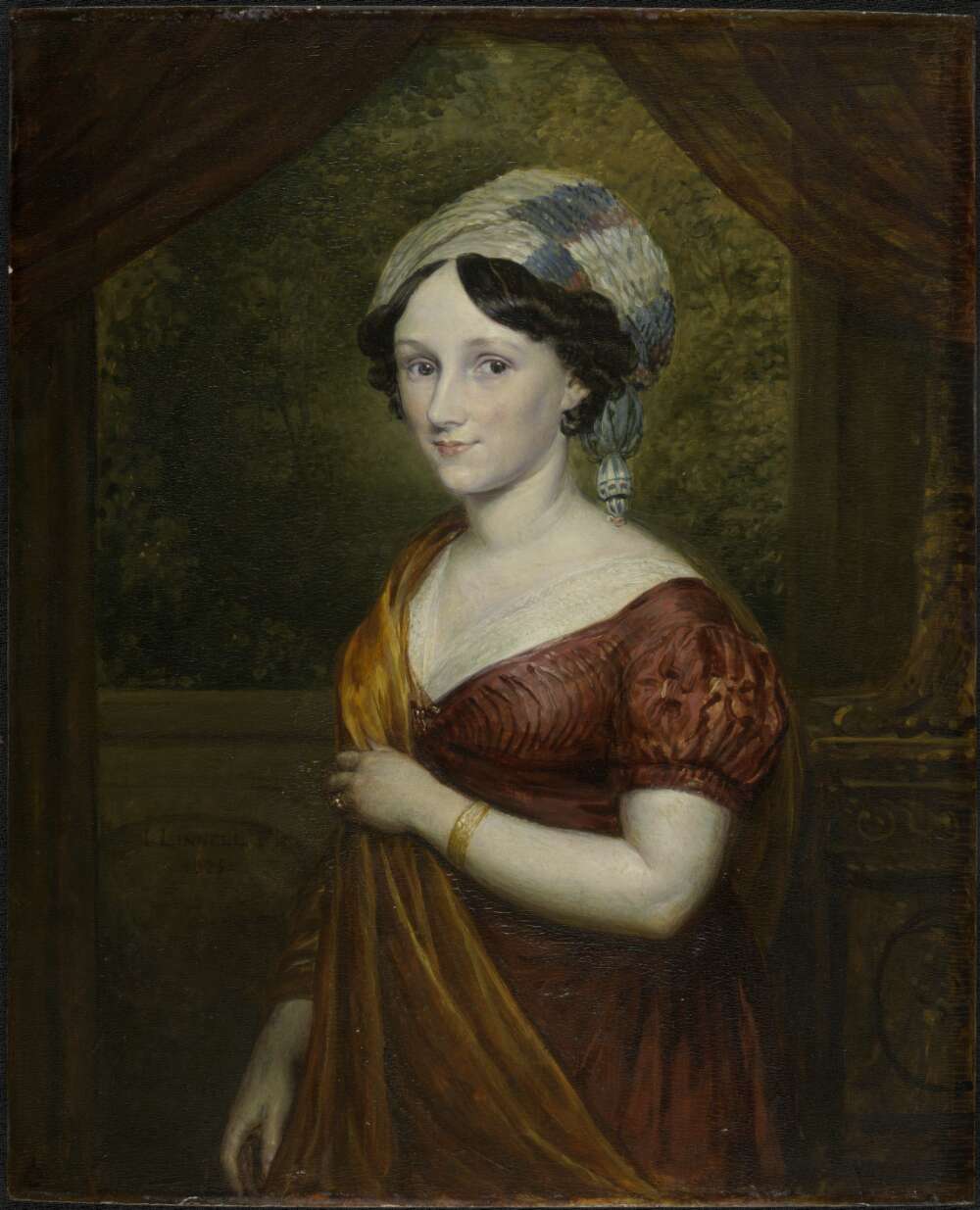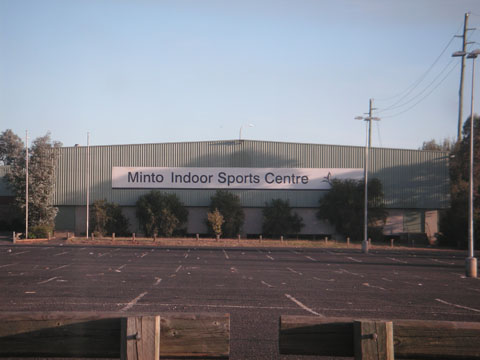|
Raby, Catherine Field
''Raby'' is a heritage-listed former sheep farm and cattle farm and now private residence located at 1025 Camden Valley Way in the south-western Sydney suburb of Catherine Field in the Camden Council local government area of New South Wales, Australia. It was designed and built from 1820 to 1834; and was added to the New South Wales State Heritage Register on 1 March 2010. History The Cowpastures When the first fleet arrived in Sydney Cove in 1788 they found the soil unsuitable for farming and soon looked towards the heavy clay and loam soils of the Cumberland Plain (to the west) to sustain the colony. Early agricultural settlements were located on the rich alluvial soils of the Nepean, Hawkesbury and Georges River areas, as well as South Creek near and at the head of the Parramatta River where the settlement of Rose Hill (later Parramatta) was established about six months after the fleet landed. A settlement at the Hawkesbury was established in 1794. By 1804 much of the ... [...More Info...] [...Related Items...] OR: [Wikipedia] [Google] [Baidu] |
Catherine Field, New South Wales
Catherine Field is a suburb of Sydney and part of the Macarthur Region in the state of New South Wales, Australia. Catherine Field is 43 kilometres south-west of the Sydney central business district, in the local government area of Camden Council. History The area now known as Catherine Field (or Catherine Fields) was originally home to the Muringong, southernmost of the Darug people. In 1805 John Macarthur established his property at Camden where he raised merino sheep. Catherine Field Post Office opened on 1 July 1963 and closed in 1996. Catherine Field also contains a pre-school, a cricket oval and community hall. Catherine Field was home to a theme park called El Caballo Blanco in the 1980s. It is in the outskirts of south west Sydney and is about 20 minutes without traffic to Campbelltown. Heritage listings Catherine Field has a number of heritage-listed sites, including: * 1025 Camden Valley Way: Raby, Catherine Field Population According to the 2016 cens ... [...More Info...] [...Related Items...] OR: [Wikipedia] [Google] [Baidu] |
Hume Highway
Hume Highway, inclusive of the sections now known as Hume Freeway and Hume Motorway, is one of Australia's major inter-city national highways, running for between Melbourne in the southwest and Sydney in the northeast. Upgrading of the route from Sydney's outskirts to Melbourne's outskirts to dual carriageway was completed on 7 August 2013. From north to south, the road is called Hume Highway in metropolitan Sydney, Hume Motorway between the Cutler Interchange and Berrima, Hume Highway elsewhere in New South Wales and Hume Freeway in Victoria. It is part of the Auslink National Network and is a vital link for road freight to transport goods to and from the two cities as well as serving Albury-Wodonga and Canberra. Route At its Sydney end, Hume Highway begins at Parramatta Road, in Ashfield. This route is numbered as A22. The first of the highway was known as Liverpool Road until August 1928, when it was renamed as part of Hume Highway, as part of the creation of the N ... [...More Info...] [...Related Items...] OR: [Wikipedia] [Google] [Baidu] |
Tasmania
) , nickname = , image_map = Tasmania in Australia.svg , map_caption = Location of Tasmania in AustraliaCoordinates: , subdivision_type = Country , subdivision_name = Australia , established_title = Before federation , established_date = Colony of Tasmania , established_title2 = Federation , established_date2 = 1 January 1901 , named_for = Abel Tasman , demonym = , capital = Hobart , largest_city = capital , coordinates = , admin_center = 29 local government areas , admin_center_type = Administration , leader_title1 = Monarch , leader_name1 = Charles III , leader_title2 = Governor , leader_name2 ... [...More Info...] [...Related Items...] OR: [Wikipedia] [Google] [Baidu] |
Burwood, New South Wales
Burwood is a suburb in the Inner West of Sydney, in the state of New South Wales, Australia. It is west of the Sydney central business district and is the administrative centre for the Local government in Australia, local government area of Municipality of Burwood. People from Burwood are colloquially known as Burwoodiens or Burwooders. Burwood Heights, New South Wales, Burwood Heights is a separate suburb to the south. The Appian Way, Burwood, Appian Way is a street in Burwood, known for its architecturally designed Federation architecture, Federation-style homes. History Archaeological evidence indicates people were living in the Sydney area for at least 11,000 years. This long association had led to a harmonious relationship between the Indigenous peoples, indigenous inhabitants and their environment, which was interrupted by the arrival of the British in 1788. The European desire to cultivate the land aided and abetted by a smallpox epidemic that forced the local people, t ... [...More Info...] [...Related Items...] OR: [Wikipedia] [Google] [Baidu] |
Leppington
Leppington is a suburb of Sydney, in the state of New South Wales, Australia. Leppington is located 38 kilometres south-west of the Sydney central business district, in the local government areas of the City of Liverpool and Camden Council. History The area now known as Leppington was originally home to the Darug people. It was named after a property called ''Leppington Park'' granted to William Cordeaux in 1821. Cordeaux used convict labor to build a two-storey mansion and to work in his fields. The house burnt down in the 1940s but some of the bricks from the house were re-used at Leppington Public School. The suburb could easily have been named Raby. The first land grant in what is now Leppington was made to Alexander Riley in 1810, who named his property ''Raby''. The property was subdivided in 1914 and a school established in 1923, called Raby Public School. Leppington Post Office opened on 12 February 1924. In 1955 the name of the school was changed to Leppington P ... [...More Info...] [...Related Items...] OR: [Wikipedia] [Google] [Baidu] |
Goulburn, New South Wales
Goulburn ( ) is a regional city in the Southern Tablelands of the Australian state of New South Wales, approximately south-west of Sydney, and north-east of Canberra. It was proclaimed as Australia's first inland city through letters patent by Queen Victoria in 1863. Goulburn had a population of 23,835 at June 2018. Goulburn is the seat of Goulburn Mulwaree Council. Goulburn is a railhead on the Main Southern line, a service centre for the surrounding pastoral industry, and also stopover for those traveling on the Hume Highway. It has a central park and many historic buildings. It is also home to the monument the Big Merino, a sculpture that is the world's largest concrete-constructed sheep. History Goulburn was named by surveyor James Meehan after Henry Goulburn, Under-Secretary for War and the Colonies, and the name was ratified by Governor Lachlan Macquarie. The colonial government made land grants to free settlers such as Hamilton Hume in the Goulburn area from the o ... [...More Info...] [...Related Items...] OR: [Wikipedia] [Google] [Baidu] |
Ralph Darling
General Sir Ralph Darling, GCH (1772 – 2 April 1858) was a British Army officer who served as Governor of New South Wales from 1825 to 1831. He is popularly described as a tyrant, accused of torturing prisoners and banning theatrical entertainment. Local geographical features named after him include the Darling River and Darling Harbour in Sydney. Early career Darling seems to have been unique in the British Army of this period, as he progressed from an enlisted man to become a general officer with a knighthood. Born in Ireland, he was the son of a sergeant in the 45th Regiment of Foot who subsequently gained the unusual reward of promotion to officer rank as a lieutenant. Like most of the small number of former non-commissioned officers in this position, Lieutenant Darling performed only regimental administrative duties. He struggled to support his large family on a subaltern's pay. Ralph Darling enlisted at the age of fourteen as a private in his father's regiment, and ser ... [...More Info...] [...Related Items...] OR: [Wikipedia] [Google] [Baidu] |
Campbelltown, New South Wales
Campbelltown is a suburb located on the outskirts of the metropolitan area of Sydney, New South Wales, Australia. It is located in Greater Western Sydney south-west of the Sydney central business district by road. Campbelltown is the administrative seat of the local government area of the City of Campbelltown. It is also acknowledged on the register of the Geographical Names Board of New South Wales as one of only four cities within the Sydney metropolitan area. Campbelltown gets its name from Elizabeth Campbell, the wife of former Governor of New South Wales Lachlan Macquarie. Originally called Campbell-Town, the name was later simplified to the current Campbelltown. History The area that later became Campbelltown was inhabited prior to European settlement by the Tharawal people. Not long after the arrival of the First Fleet in Sydney in 1788, a small herd of six cattle escaped and weren't seen again by the British settlers for seven years. They were spotted, however, ... [...More Info...] [...Related Items...] OR: [Wikipedia] [Google] [Baidu] |
Narellan, New South Wales
Narellan is a suburb of Sydney, New South Wales. Narellan is located 60 kilometres south-west of the Sydney central business district, in the local government area of Camden Council and is part of the Macarthur region. Narellan is known for its modern shopping centre, Narellan Town Centre, historic St Thomas Chapel, Studley Park House and golf course. History The area now known as Narellan was probably originally home to the Tharawal people, based in the Illawarra region, although the Western Sydney-based Darug people and the Southern Highlands-based Gandangara people were also known to have inhabited the greater Camden area. Very early relations with British settlers were cordial but as farmers started clearing and fencing the land affecting food resources in the area, clashes between the groups arose until 1816 when a number of indigenous people were massacred and the remainder retreated from direct conflict with the settlers. In 1805 wool pioneer John Macarthur was grante ... [...More Info...] [...Related Items...] OR: [Wikipedia] [Google] [Baidu] |
Bringelly, New South Wales
Bringelly is a suburb of Sydney, in the state of New South Wales, Australia. It is located on the Northern Road between Penrith and Camden. It has a public school. Bringelly is also the name of a local hill. History Bringelly was a name given to a district of Sydney in the early 19th century and later a parish of the County of Cumberland. The Parish of Bringelly also included the neighbouring suburbs of Greendale, Wallacia and Badgerys Creek. Robert Lowe was granted in the parish of Bringelly in 1812 and is believed to be the first British settler in the area. By 1818, most of the land had been granted and was being cleared for farms. The principal surgeon of New South Wales, D'Arcy Wentworth, received a grant in the area. Legend has it that The Wild Colonial Boy Bold Jack Donahue also used the suburb as a hideout and was eventually killed on Wentworth's property. Another property of note is Kelvin, also known as The Retreat, which was built in 1820 by Thomas Laycock Jnr. A ... [...More Info...] [...Related Items...] OR: [Wikipedia] [Google] [Baidu] |
Minto, New South Wales
Minto is a suburb of Sydney, in the state of New South Wales, Australia. Minto is located 38 kilometres south-west of the Sydney central business district, in the local government area of the City of Campbelltown and is part of the Macarthur region. History Minto was named in honour of the Earl of Minto, Gilbert Elliot-Murray-Kynynmound, who was Viceroy of India from 1807–1814. The name was originally given to the entire district stretching from just north of Appin up to what is now Denham Court. The area that constitutes the current suburb of Minto was originally home to the indigenous Tharawal people until the arrival of European settlers from the First Fleet. In 1811, Governor Lachlan Macquarie granted in the area to William Redfern, the colony's first surgeon. He in turn named it Campbellfield after Macquarie's wife Elizabeth whose maiden name was Campbell. Redfern used the property as a vineyard and sheep station. In 1810, Dr Robert Towson built his sandstock ... [...More Info...] [...Related Items...] OR: [Wikipedia] [Google] [Baidu] |
Lachlan Macquarie
Major-general (United Kingdom), Major General Lachlan Macquarie, Companion of the Order of the Bath, CB (; gd, Lachann MacGuaire; 31 January 1762 – 1 July 1824) was a British Army officer and colonial administrator from Scotland. Macquarie served as the fifth Governor of New South Wales from 1810 to 1821, and had a leading role in the social, economic, and architectural development of the colony. He is considered by historians to have had a crucial influence on the transition of New South Wales from a penal colony to a free settlement and therefore to have played a major role in the shaping of Australian society in the early nineteenth century. Early life Lachlan Macquarie was born on the island of Ulva off the coast of the Isle of Mull in the Inner Hebrides, a chain of islands off the West Coast of Scotland. His father, Lachlan senior, worked as a carpenter and miller, and was a cousin of a Clan MacQuarrie chieftain. His mother, Margaret, was the sister of the influential Cla ... [...More Info...] [...Related Items...] OR: [Wikipedia] [Google] [Baidu] |
.jpg)
_Distances.gif)


.jpg)


